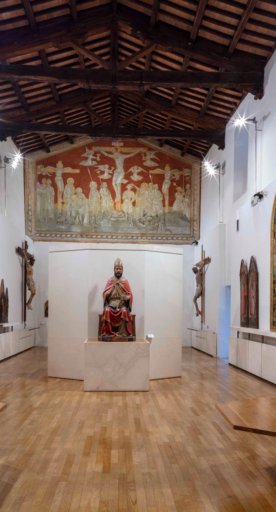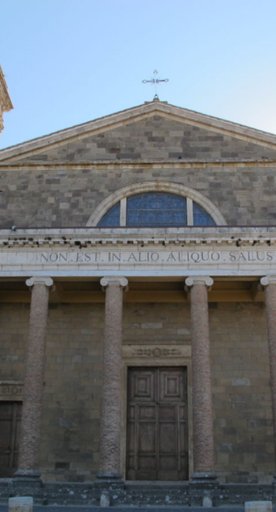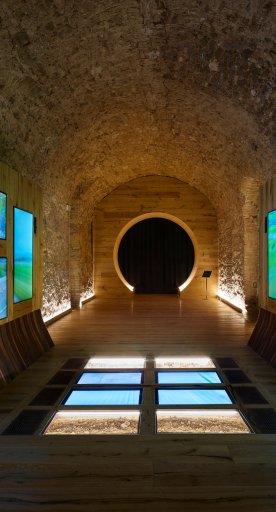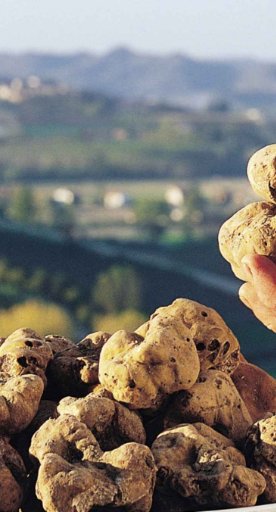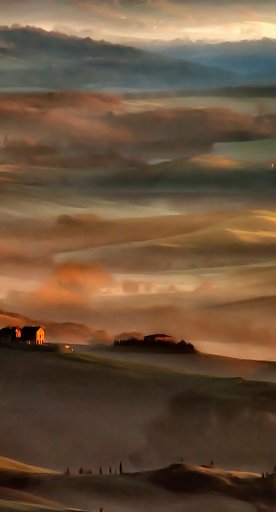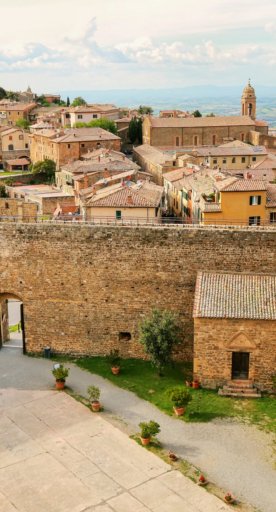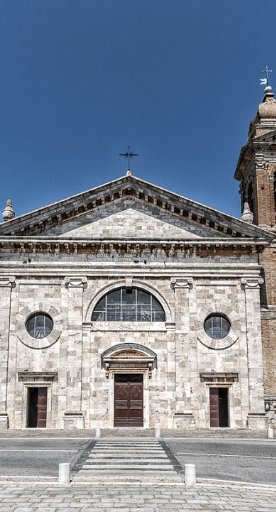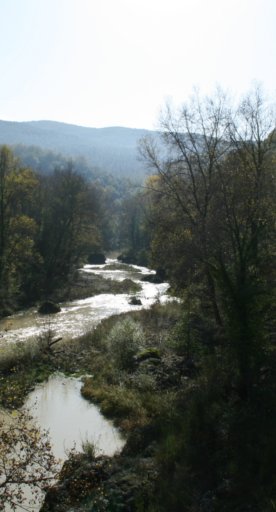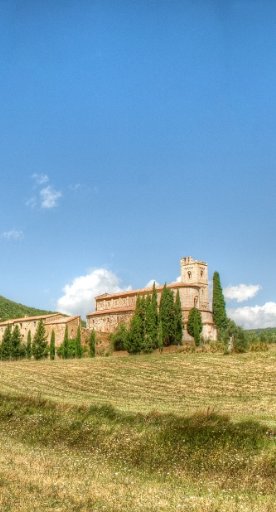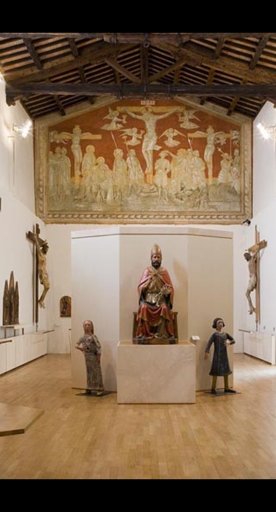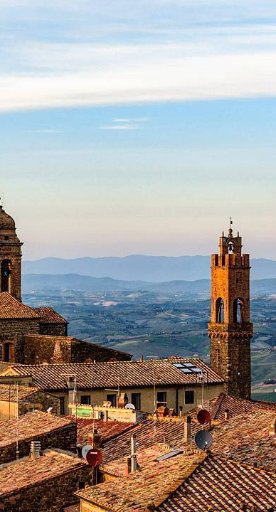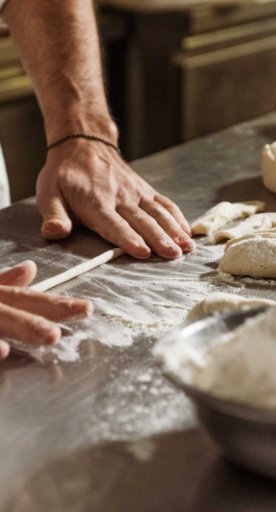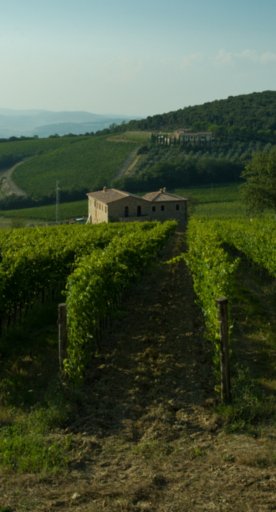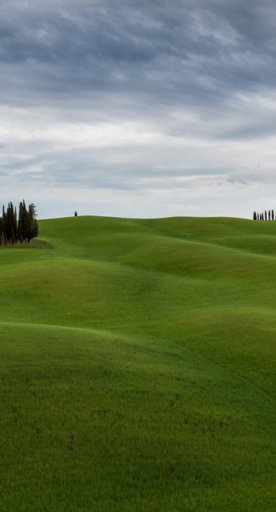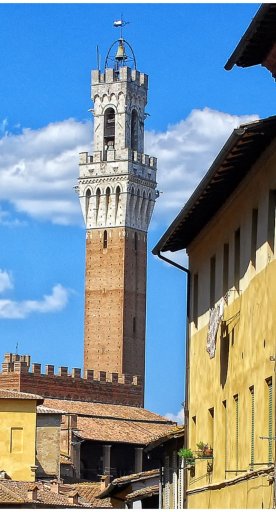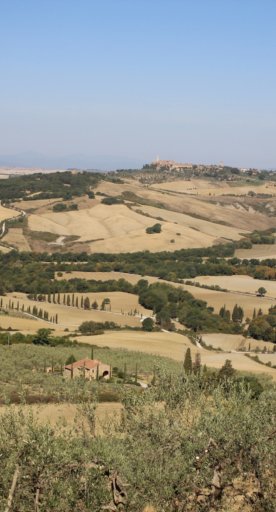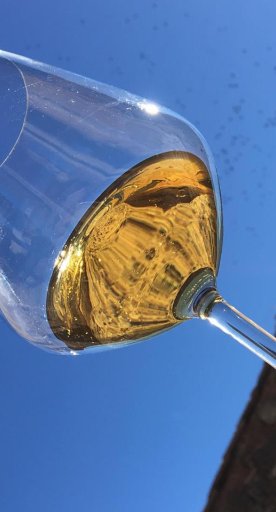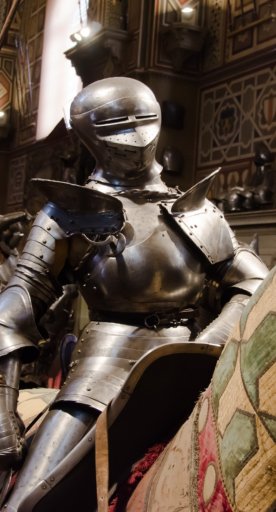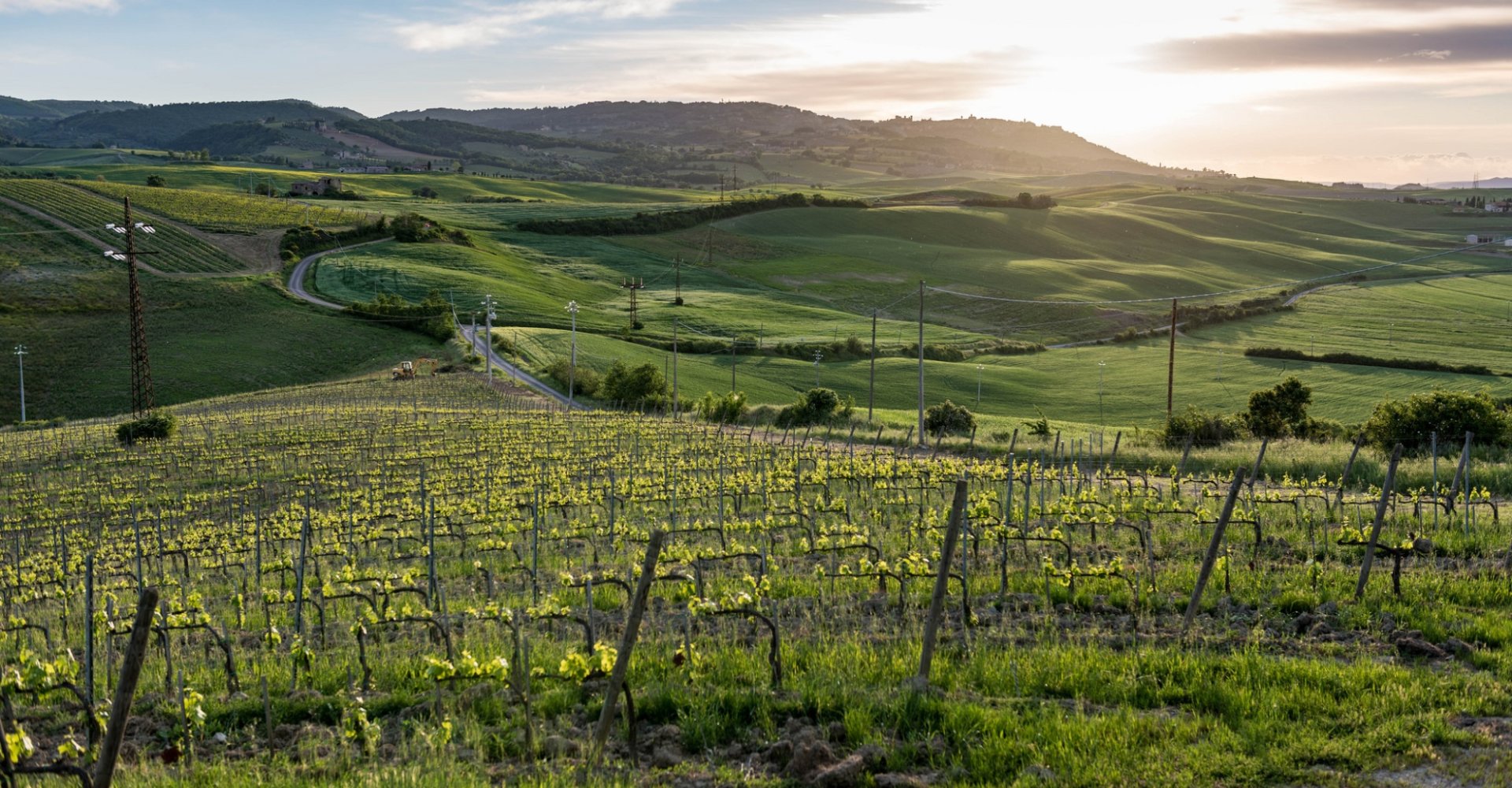
Montalcino
The Brunello town: a jewel of art and history in the Val D'Orcia
Montalcino is a gem of history and art, buried deep in the hills of the Val D'Orcia. This medieval city immediately welcomes the visitor into its old medieval layout, scored as it is with straight, steep streets which have breathtaking panoramas waiting at the top. Montalcino is also known as the town that produces Brunello di Montalcino, one of the most famous wines in the world. In the mid-nineteenth century, a group of winemakers began to experiment with the indigenous Sangiovese grape, and came up with a wine able to withstand years of aging and improve over that time.
What to see in Montalcino
The historic centre of Montalcino is dominated by its imposing citadel. Built in 1361 out of the existing thirteenth-century fortifications, it became the Sienese Republic's last line of defence against Medici expansion.
The Civic Diocescan Museum of Sacred Art occupies part of the former convent of Sant'Agostino, and is home to one of the richest collections of painting and wooden sculpture from the Sienese school. As for sacred buildings, the Neoclassical Cathedral is worth highlighting, as are the Sanctuary of the Madonna del Soccorso, and Sant'Egidio - the "Sienese" church.
Montalcino's main square is the Piazza del Popolo, where you find the town hall: Palazzo Comunale, also known as the Palazzo dei Priori. This thirteenth-century building is adorned with the coats-of-arms of the numerous governors who have run the city over the course of the centuries. Its slender structure is flanked by a tall belltower, which might almost look like a watchtower were it not for its campanone (big bell), whose rings beat out the rhythm of life in Montalcino even today.
The historic centre of Montalcino is dominated by its imposing citadel. Built in 1361 out of the existing thirteenth-century fortifications, it became the Sienese Republic's last line of defence against Medici expansion.
The Civic Diocescan Museum of Sacred Art occupies part of the former convent of Sant'Agostino, and is home to one of the richest collections of painting and wooden sculpture from the Sienese school. As for sacred buildings, the Neoclassical Cathedral is worth highlighting, as are the Sanctuary of the Madonna del Soccorso, and Sant'Egidio - the "Sienese" church.
Montalcino's main square is the Piazza del Popolo, where you find the town hall: Palazzo Comunale, also known as the Palazzo dei Priori. This thirteenth-century building is adorned with the coats-of-arms of the numerous governors who have run the city over the course of the centuries. Its slender structure is flanked by a tall belltower, which might almost look like a watchtower were it not for its campanone (big bell), whose rings beat out the rhythm of life in Montalcino even today.
Nearby
Once here, it's absolutely worth a little effort to explore the stunning surrounding countryside. Near Castelnuovo dell'Abate rises the splendid Abbey of Sant'Antimo, a monumental structure from the thirteenth century and one of the finest examples of the French Romanesque in Italy.
The land around Montalcino is typified by a thick covering of forest, clearing at times for the traditional cultivation of vines and olive trees on the hillslopes that have helped fix the Val D'Orcia in the world's imagination. It is thanks to these very views that Montalcino, along with the entire valley, was recognised as a World Heritage Site in 2004.
San Giovanni d'Asso, which stands on a piece of high ground, also belongs to the Montalcino territory. Its castle is most certainly its defining feature, with its red brick giving a surprising welcome. This little town represents an area of such gastronomic quality with its Truffle Museum, the first in Italy dedicated to the prized and fragrant tuber. A visit to this museum is a mouthwatering journey through the five senses, with a banquet of exhilarating smells to help you really get to know this marvellous food and get in tune with the entire territory.
Once here, it's absolutely worth a little effort to explore the stunning surrounding countryside. Near Castelnuovo dell'Abate rises the splendid Abbey of Sant'Antimo, a monumental structure from the thirteenth century and one of the finest examples of the French Romanesque in Italy.
The land around Montalcino is typified by a thick covering of forest, clearing at times for the traditional cultivation of vines and olive trees on the hillslopes that have helped fix the Val D'Orcia in the world's imagination. It is thanks to these very views that Montalcino, along with the entire valley, was recognised as a World Heritage Site in 2004.
San Giovanni d'Asso, which stands on a piece of high ground, also belongs to the Montalcino territory. Its castle is most certainly its defining feature, with its red brick giving a surprising welcome. This little town represents an area of such gastronomic quality with its Truffle Museum, the first in Italy dedicated to the prized and fragrant tuber. A visit to this museum is a mouthwatering journey through the five senses, with a banquet of exhilarating smells to help you really get to know this marvellous food and get in tune with the entire territory.
Events
The traditional Sagra del Tordo takes place on the last Sunday of October, the moment when the local culture really comes to life through historical costumes and re-enactments.
Don't miss the dates devoted to San Giovanni d'Asso's truffles: the Marzuolo Truffle exhibition in March, the Scorzone Truffle in June, and, most eagerly anticipated of all, the White Truffle Market Fair in November.
The traditional Sagra del Tordo takes place on the last Sunday of October, the moment when the local culture really comes to life through historical costumes and re-enactments.
Don't miss the dates devoted to San Giovanni d'Asso's truffles: the Marzuolo Truffle exhibition in March, the Scorzone Truffle in June, and, most eagerly anticipated of all, the White Truffle Market Fair in November.
Typical Produce
Alongside the famous Brunello di Montalcino, the most exquisite fruits of the local countryside include honey, extra virgin olive oil, charcuterie and cheese, all of which can be tasted in the many traditional restaurants and wine merchants.
Alongside the famous Brunello di Montalcino, the most exquisite fruits of the local countryside include honey, extra virgin olive oil, charcuterie and cheese, all of which can be tasted in the many traditional restaurants and wine merchants.
